The path toward designing successful fancy tins involves visualizing them as luxury items that serve as extensions of the consumer's psyche. People who appreciate quality and status symbols will support luxury brands if the right messages are embedded in the packaging. Here are ten essential factors that must be integrated in the packaging.
1. Emphasis on Quality and Uniqueness
One of the top reasons why luxury consumers purchase premium products is to convey to their social circles they have good taste in high quality. They also gravitate toward uniqueness, which is a highly prized virtue in the world of sophisticated art. The package must play to the perception of conspicuous consumption, which is a phenomenon people of all classes have used to communicate status, hedonism and exclusivity. But luxury brands must also live up to the ideals of the packaging.
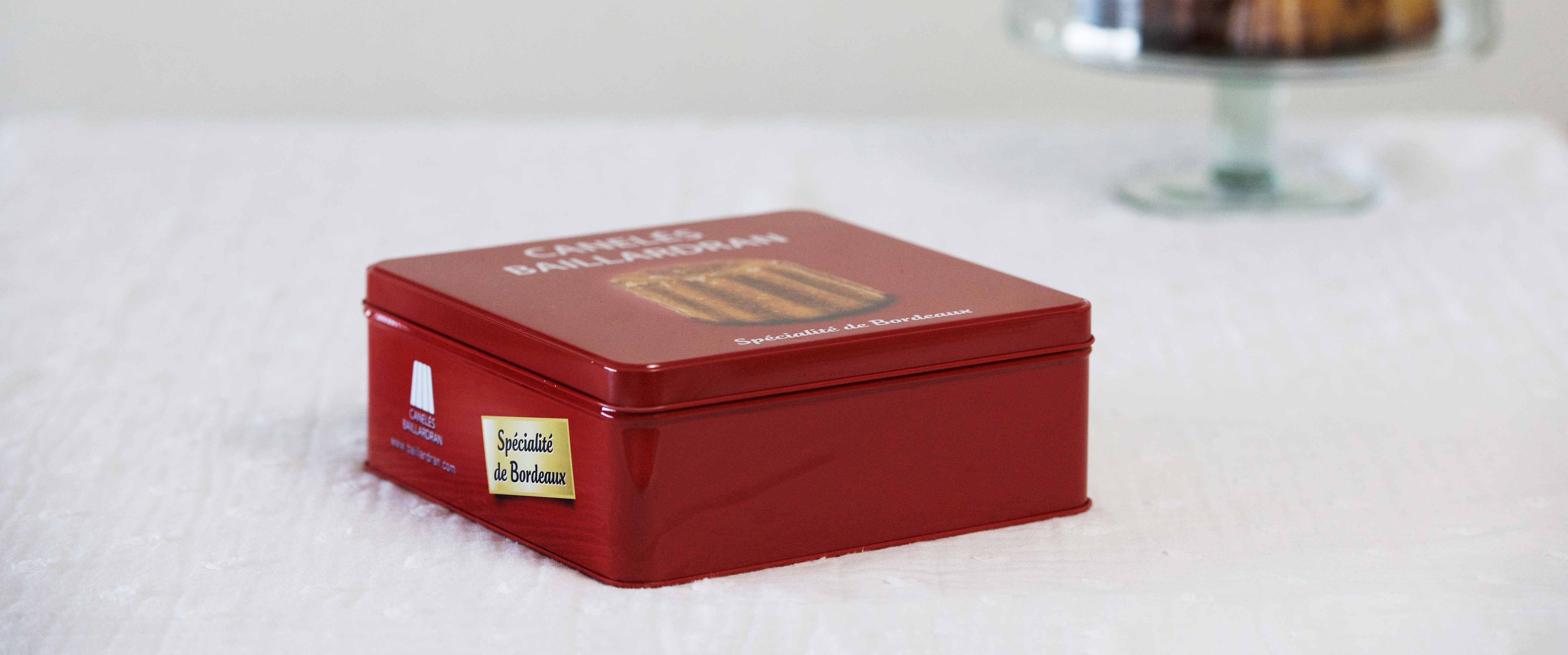
2. Association of Luxury with Branding
Fancy tins will only be perceived as luxurious items if they create multiple intangible associations with elite aspirations. Since each individual makes product judgments based on their own personal experiences, it's possible to let them construct their own intangible associations with luxury. But it's still vital that the brand connects with values related to luxury, such as self-rewards and escapism.
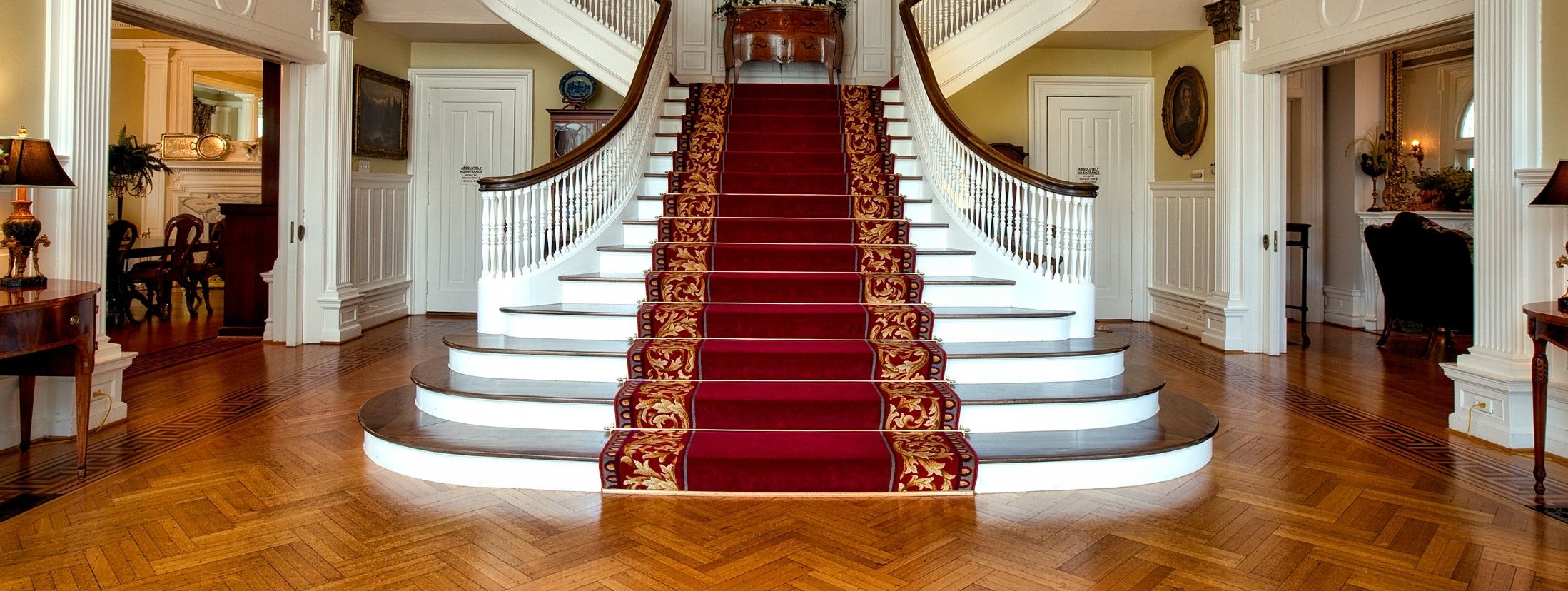
3. Pleasure and Satisfaction
Self-indulgence plays a big role in luxury marketing. In other words, the concept of pleasure before business must be clear on fancy tins aiming to attract either affluent or envious consumers who prioritize luxury. Colors and shapes contribute to the pleasure principle, as do images of food that clearly associate with "the good life."

4. Consistency in Brand Elements
Brand elements such as logos and images on packaging must paint a consistent picture with luxury consumers. That means designers must pay close attention to detail, since the target consumers will be inspecting the fancy tins more closely than someone who is more concerned about what's inside the package. Branding must also relate to the product's emotional themes and appeal to the imagination.
The design should make the buyer feel it's their ticket to a beautiful far away place.
5. Extending a Brand's Image
Studying consumer psychology research is advantageous for packaging designers of fancy tins. While many designers understand primary associations with brands, there's a deeper science that points to secondary assocations. A brand's image becomes more powerful when it extends through multiple marketing channels and connects with familiar cultural items.
The key for luxury fancy tins is to connect with other premium imagery. These secondary associations may correspond with holidays, events and pop cultural references.
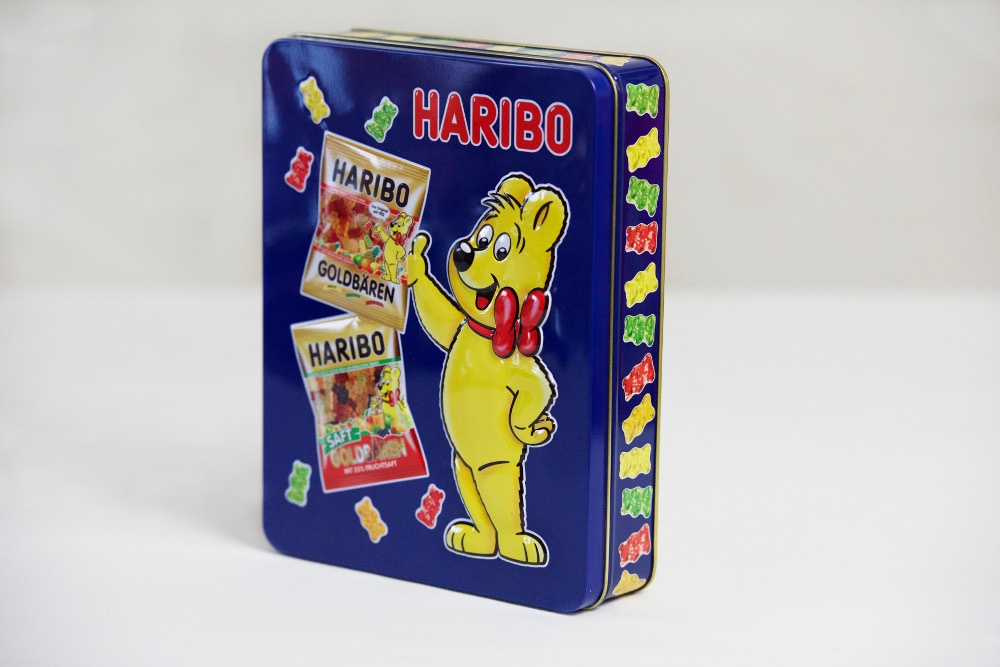
6. Selective Distribution
Luxury branding must be done carefully through selective channels so that it stands out from generic or mainstream brands. While using multiple marketing channels is part of the equation, it's essential to emphasize quality over quantity.
So fancy tins will do better involving marketing partnerships with high-end travel accessories than with fast food chains. Target consumers must feel special about seeking a luxury brand, to the point the package evokes a "members only" attitude.
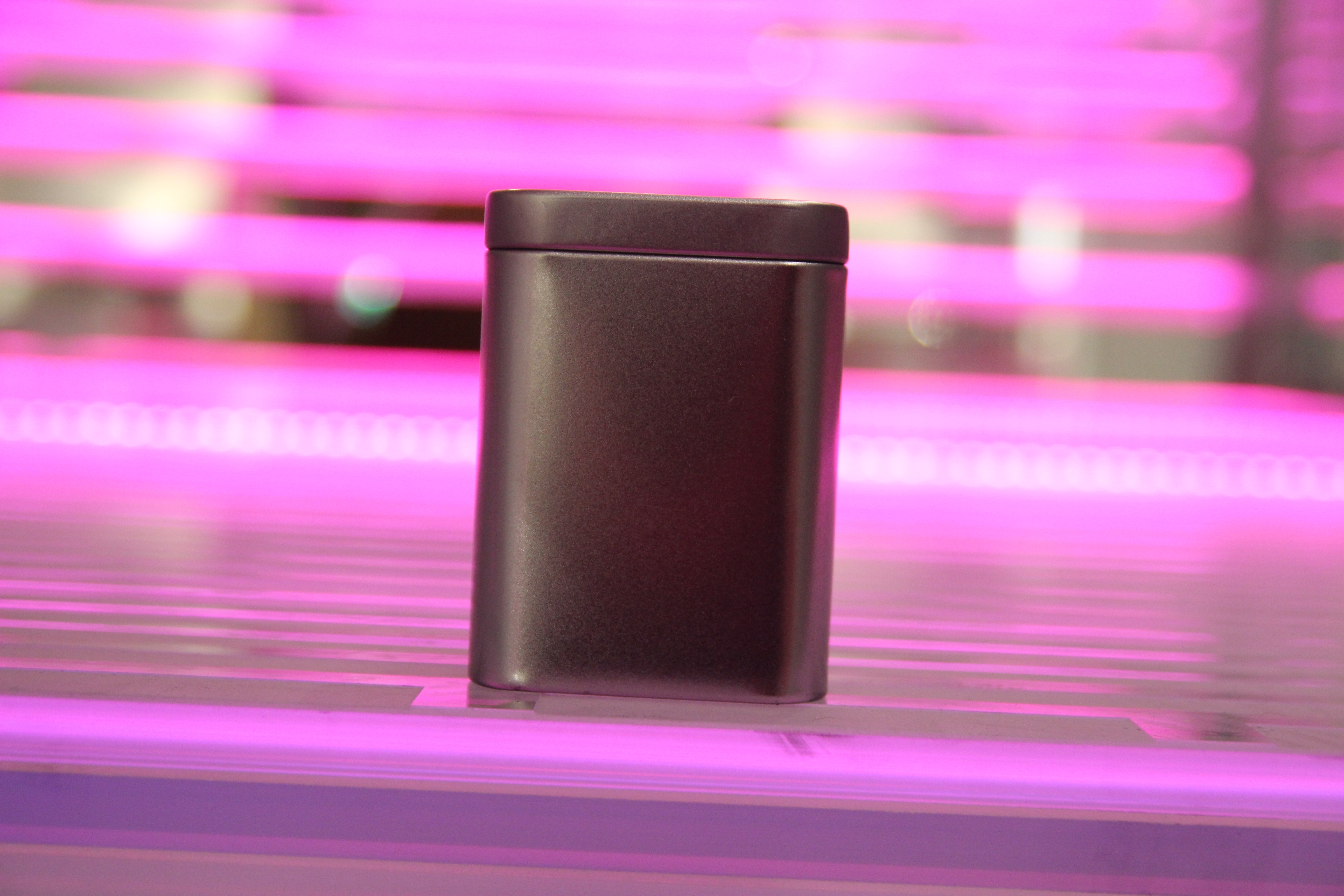
7. Premium Price Must Match Quality
The perception of elite merchandise relies on pricing. The products should not be found in bargain bins, but rather in upscale retail outlets. But in the end the consumer still expects high quality, so it makes no sense to try to fool people with a cheap product in a fancy package. Such a scheme only leads to negative online reviews and a damaged reputation. In that sense, the package is an extension of the product and they must both be in sync with the values of luxury. 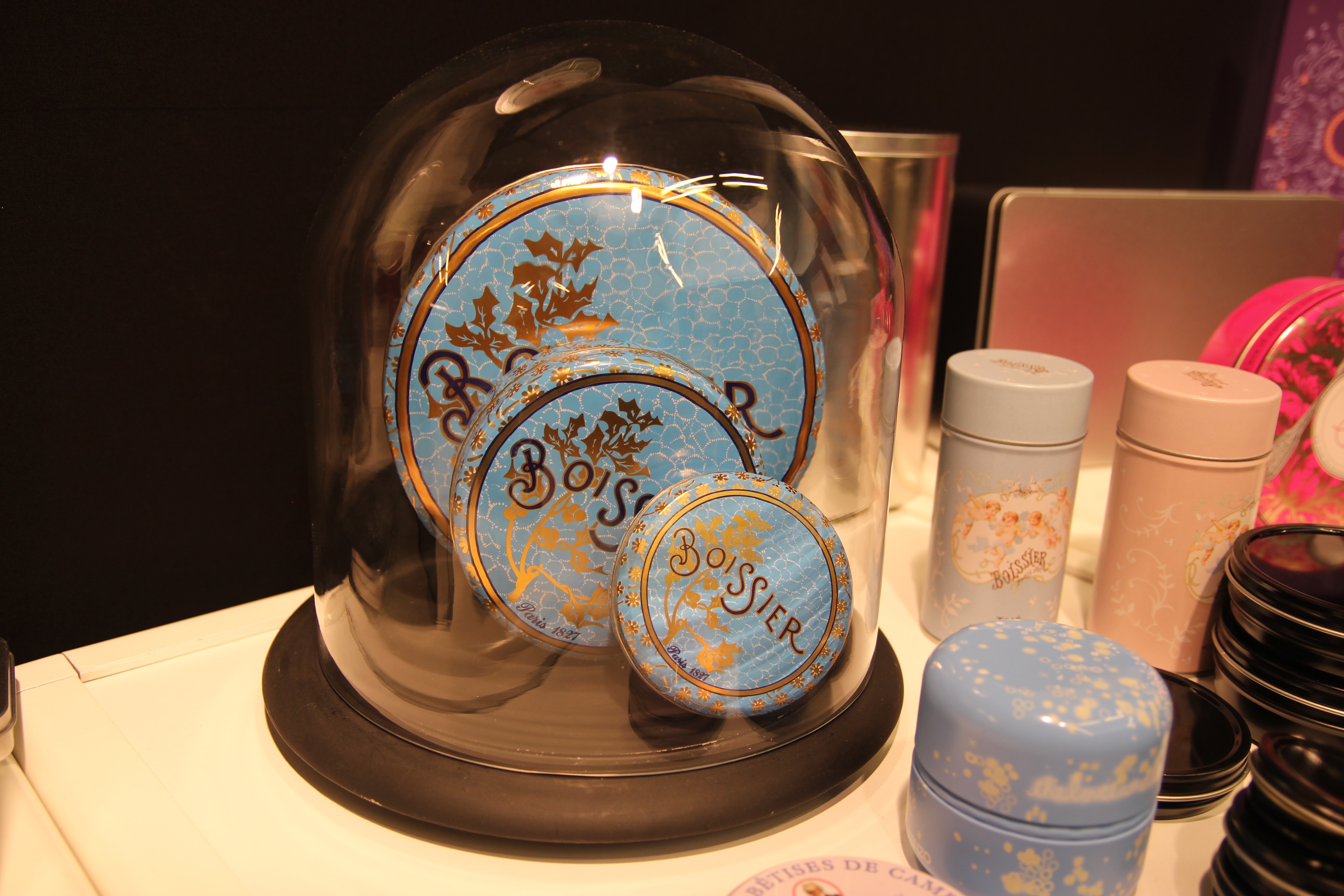
8. Precision in Brand Architecture
In order for a brand to command respect in the luxury category, it must not directly compete with lower quality brands. The brand should be treated as a reward for those who can afford it. There should be no indication of "price savings" compared with competing products, but the consumer should still feel they got a good deal - not so much because of pricing, but because of quality.
9. Wide Range of Products
Ideally, a luxury brand should not be restricted to just one product line. A quality brand that effectively taps into values of pleasure, escapism and exclusivity can span a wide range of products. Ultimately a brand can develop into a lifestyle ecosystem, in which multiple solutions win the trust of loyal customers.
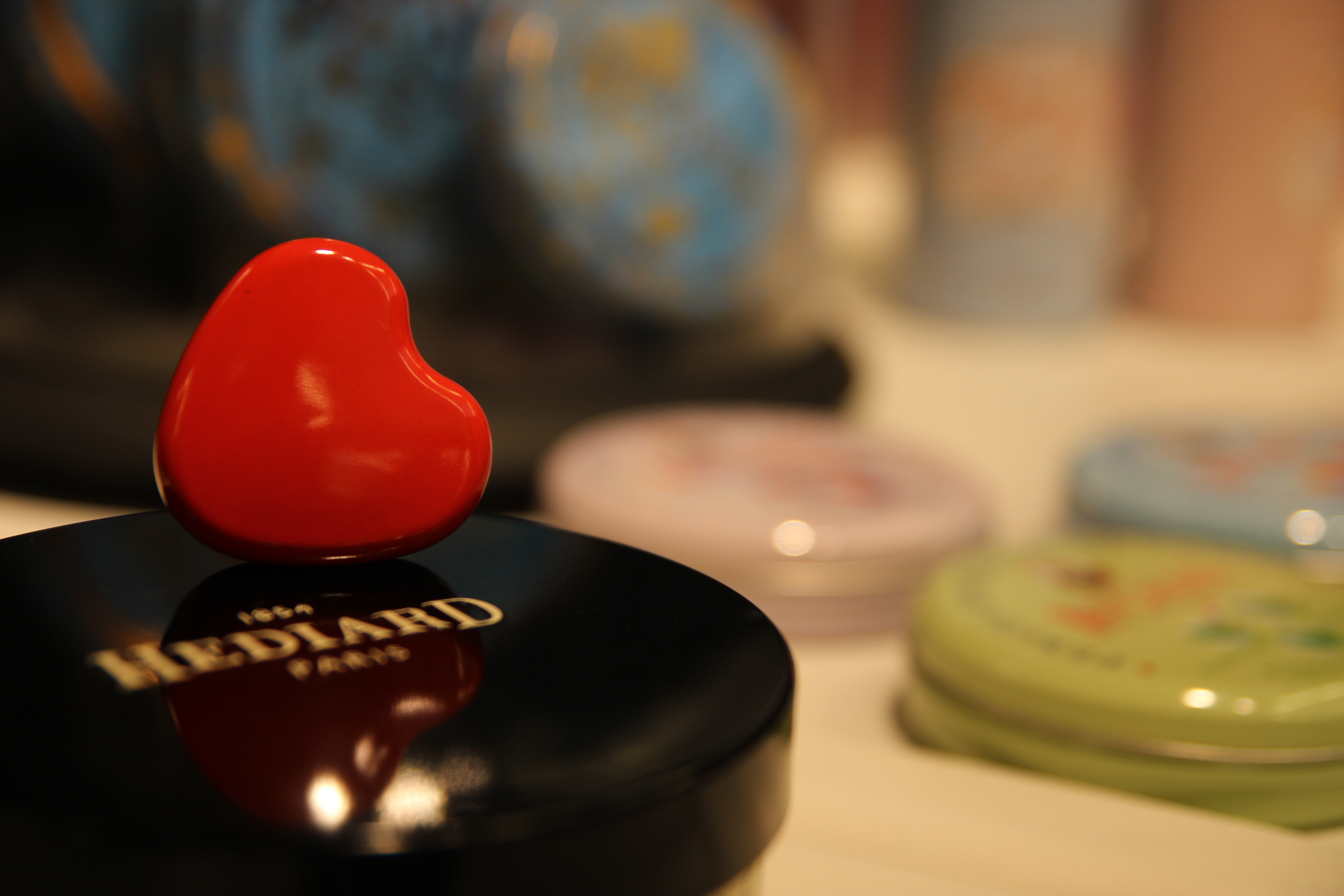
10. Intellectual Property Must Be Protected
Luxury brands can be ripped off by fraudulent marketers that steal names and reputations to sell counterfeit products. This scheme has happened many times, mainly in foreign countries where a popular brand is either unavailable or too expensive for consumers. It can lead to revenue loss and reputational damage from inferior products. That's why a luxury brand must protect its trademarks with investigation, inspection and litigation.
References and Further Reading
- More articles on Fancy Tins (2019 - today), by Alex Cosper et al.
- Luxury branding: the industry, trends and future conceptualisations (2015), by Yuri Seo and Margo Buchanan-Oliver
- Read more in our series on the Need For Touch (2018 - today)
- The Influence of Need for Touch in Multichannel Purchasing Behaviour: An approach based on its instrumental and autotelic dimensions and consumer´s shopping task (2016), by Roberto Manzano, Magdalena Ferrán, Diana Gavilan, Maria Avello , Carmen Abril
- Consumer Need for Touch and Multichannel Purchasing Behaviour (2013), by Roberto Manzano, Magdalena Ferrán, Diana Gavilan,
- Read more on Luxury Packaging (2017 - today), by Alex Cosper
- Creating Value in Online Communities: The Sociomaterial Configuring of Strategy, Platform, and Stakeholder Engagement (2016), by M. Barrett,E. Oborn and W. Orlikowski
- “My Grandfather kept one of these tins on top of the bookshelf”: Consumers’ recalled experiences involving packaging (2016), by Toni Ryynänen , Markus Joutsela , Visa Heinonen, Qualitative Market Research, ISSN: 1352-2752
- From Disgust to Desire: How Products Elicit Our Emotions (2004), by Pieter M. A. Desmet, in Design and Emotions, edited by Dena McDonagh et al., page 8.
- Definition: Luxury Foodstuffs (retrieved 17.10.2017), Wikidata
- Luxury branding: the industry, trends and future conceptualisations (2015), by Yuri Seo and Margo Buchanan-Oliver
- Food packaging: The medium is the message (2010), by Corinna Hawkes
- More articles on Chocolates , Biscuits and Confectionery packaging, by Alex Cosper and Dawn M. Turner
- Multisensory design: Reaching out to touch the consumer (2011) by Charles Spence and Alberto Gallace
- Assessing the influence of the color of the plate on 2 the perception of a complex food in a restaurant setting (2013), by Betina Piqueras-Fiszman, Agnes Giboreau and Charles Spence
- Does the weight of the dish influence our perception of food? (2011), by Betina Piqueras-Fiszman, Vanessa Harrar, Jorge Alcaide and Charles Spence
- The weight of the container influences expected satiety, perceived density and subsequent expected fullness (2011), by
Betina Piqueras-Fiszman and Charles Spence






